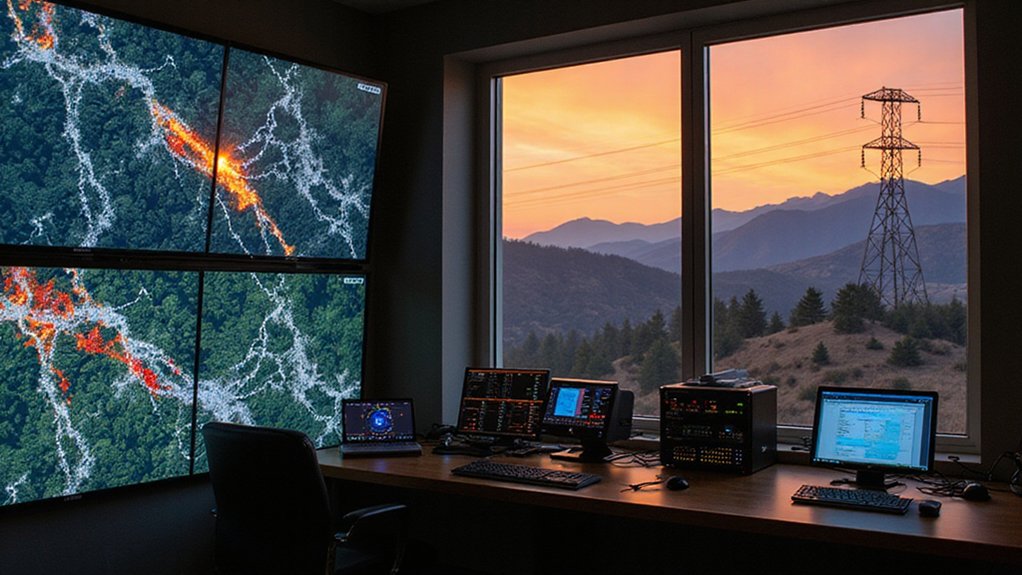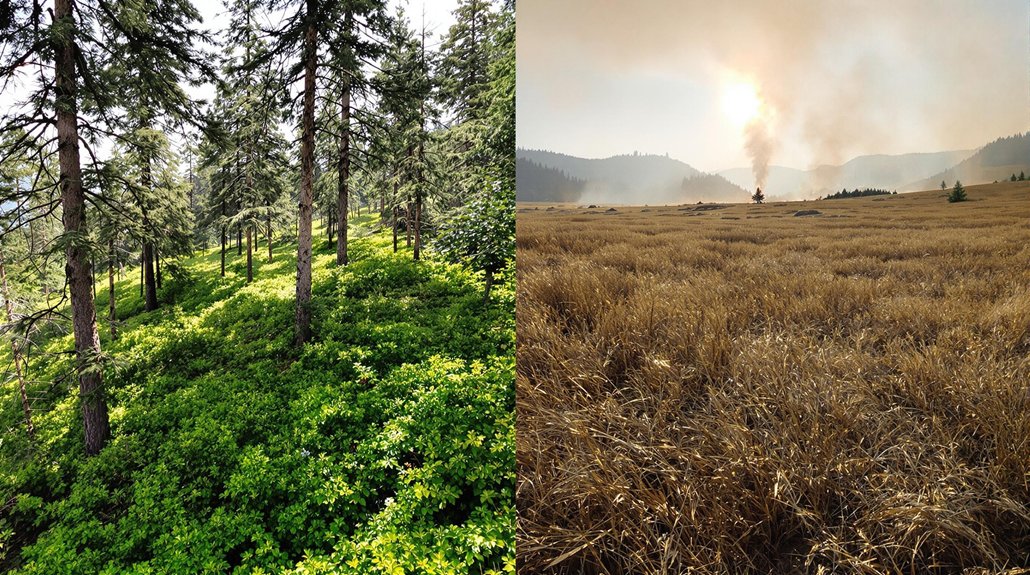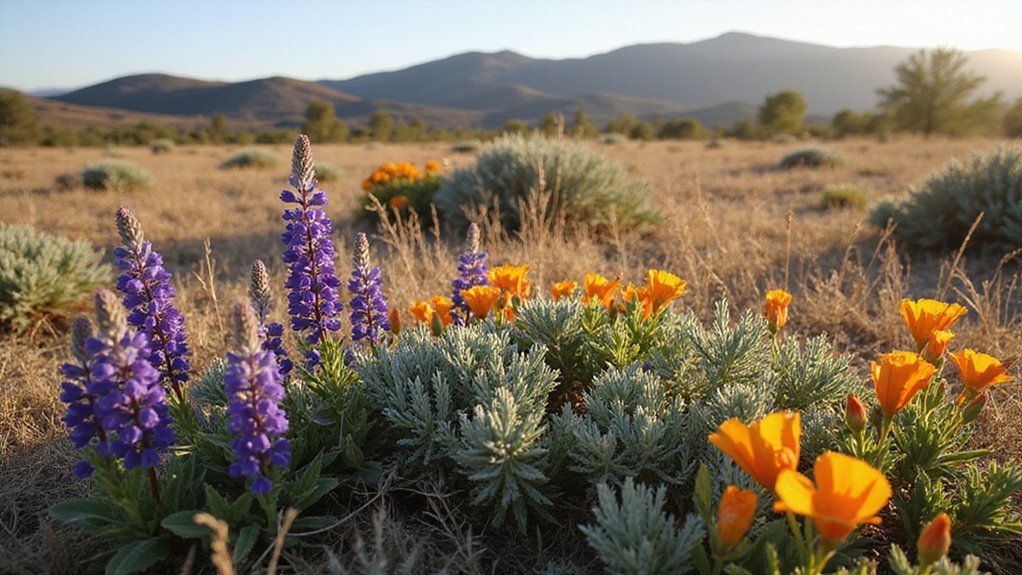The Trump administration swiftly dismantled one of the most sweeping environmental protections in U.S. history this week, gutting the Roadless Area Conservation Rule that had shielded 58.5 million acres of national forest from chainsaws and bulldozers.
The Clinton-era rule, finalized in January 2001, protected an area larger than all U.S. national parks combined. Just like that—poof—gone.
This landmark protection for 58.5 million pristine acres vanished instantly—erased with a bureaucratic flourish.
The rule represented unprecedented public engagement, with more than 600 meetings nationwide and 1.6 million public comments. Apparently, those voices don’t matter anymore.
Officials had consulted with over 180 Indigenous groups and seven federal agencies to craft protections for nearly one-third of all national forest lands.
These weren’t just random trees. The protected roadless areas serve as vital watersheds, providing clean drinking water to millions of Americans. They’re biodiversity hotspots too, home to endangered plants and animals that can’t exactly pack up and move to the nearest Holiday Inn when their habitat gets leveled.
The rollback opens pristine forests to new road construction and commercial logging.
Sure, some exceptions existed in the original rule—for public safety, forest health, and fire prevention—but those weren’t good enough for the chainsaw crowd.
This dismantling follows a familiar pattern. The Clinton administration had actually protected more land in the contiguous states than any administration since Teddy Roosevelt.
President Clinton’s ambitious “Roadless Rule” was part of his legacy that protected nearly 27 million acres of public lands during his presidency, establishing a critical firewall against overdevelopment.
They’d also set ambitious wetland restoration goals and prioritized both ecology and economy in land decisions. Crazy concept, right?
The Northwest Forest Plan, a separate 1994 initiative, had already tried balancing logging with saving critical habitat for spotted owls and salmon.
It reduced timber cuts from 1.2 to 1.1 billion board-feet—hardly a logging apocalypse.
So what happens now? Ancient forests that survived for centuries could disappear in months.
This is a stark reversal from historical conservation trends, as Theodore Roosevelt established 50 bird reserves and protected over 230 million acres during his presidency.
Habitats fragment. Watersheds degrade. Carbon-rich ecosystems that help fight climate change get chopped.
Such shortsighted policies contribute to extinction rates that are now up to 10,000 times higher than natural background levels.
The public spoke. The science was clear. But in the end, none of that mattered.
References
- https://clintonwhitehouse5.archives.gov/WH/new/html/Fri_Jan_5_151122_2001.html
- https://www.wilderness.org/articles/article/wilderness-hall-fame-13-presidents-who-were-true-conservation-leaders
- https://clintonwhitehouse5.archives.gov/WH/Accomplishments/eightyears-08.html
- https://defenders.org/blog/2023/02/wildlife-conservation-presidents
- https://social-ecology.org/wp/1994/04/the-clinton-forest-plan/








